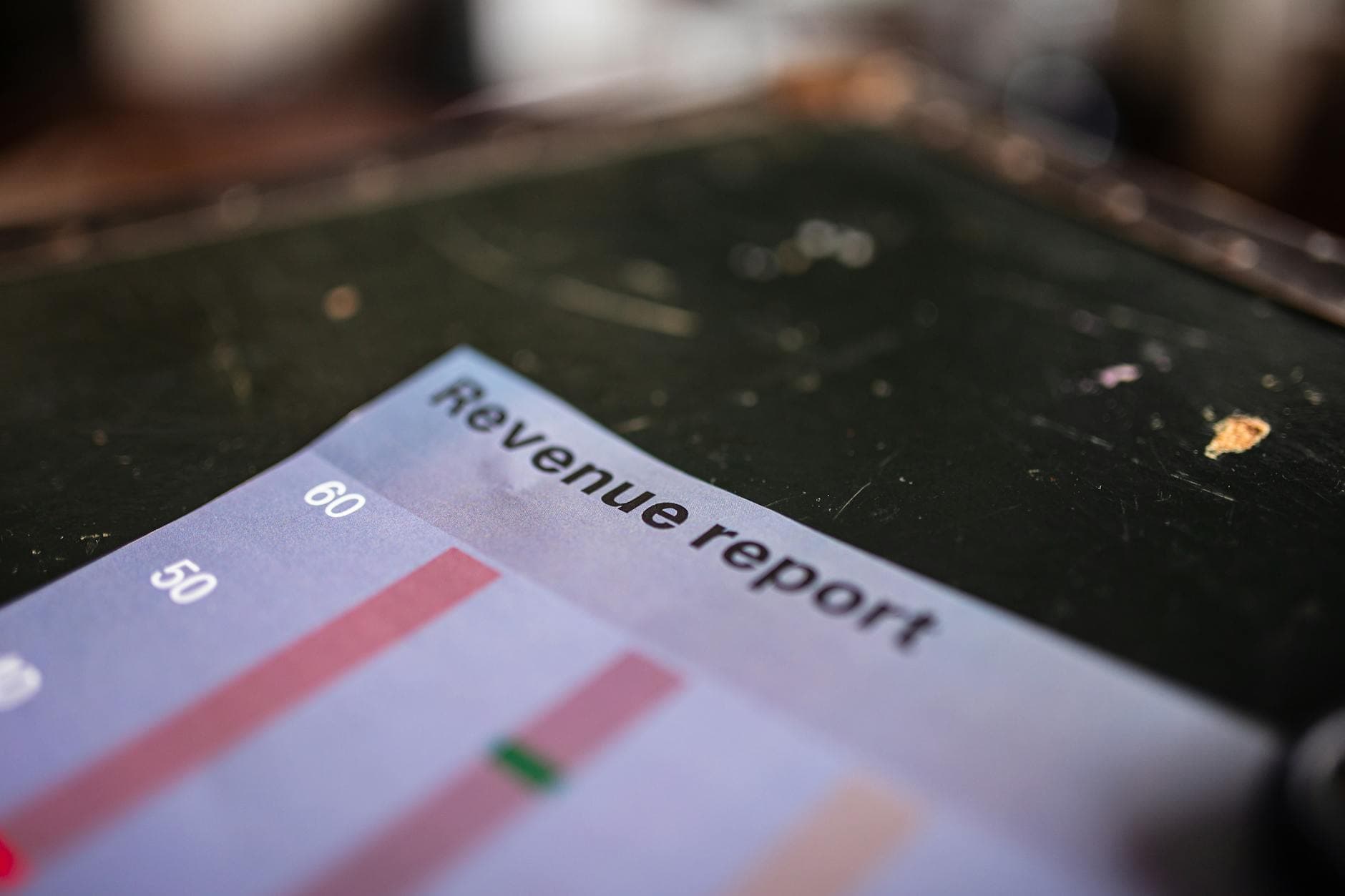How SaaS Review Data is Redefining Modern Sales Strategy

When the cloud revolution washed over the business landscape, few transformations were as direct and sweeping as the rise of Software as a Service. Now, with SaaS threaded through the daily operations of nearly every modern company, a new currency of trust and influence is emerging: the collective voices of users. These voices, shaped into scores, testimonials, and highly detailed critiques, are the beating heart of SaaS review data. For software buyers, they have become the bedrock of decision-making. For sales teams, this review data is an untapped arsenal, holding insights and opportunities waiting to be harnessed. The nuanced understanding, authenticity, and immediacy buried within SaaS reviews can fundamentally reshape how sales teams approach their craft.
SaaS review platforms sprouted from the same digital soil that gave rise to the consumer review economy. The moment business technology procurement shifted from boardroom decrees to cross-functional committees and spirited digital research, the old order of sales, top-down demos, hard pitches, opaque references, began to cede ground. Today, consultants and mid-level managers alike scour G2, TrustRadius, Gartner Peer Insights, and more. They seek the unvarnished opinions of their peers and scout for pitfalls and red flags before ever speaking with a salesperson.
To the savvy sales professional, this isn’t just a threat; it is an opportunity. The world of reviews, often viewed with suspicion or ignored by seasoned sellers, can offer rich veins of intelligence. The transparency buyers now expect is matched by a granularity of feedback that sales teams had rarely witnessed pre-internet. This data, approached with rigor and empathy, radically sharpens sales conversations, transforms objection handling, and helps salespeople become trusted advisors rather than mere purveyors of product.
Consider the competitive intelligence angle. SaaS review sites are treasure troves of real user feedback about competing products. Salespeople no longer need to rely on months-old case studies or whispered anecdotes. They can read fresh criticisms about how a rival tool deals with onboarding friction, support quality, or feature gaps, and juxtapose that with praise for their own solution. Beyond surfacing competitive landmines, these reviews can guide product marketing and development. Recurrent complaints about integration? A wave of five-star reviews touting a new feature? Sales teams can relay this information to product teams, yielding a feedback loop that, if well-tended, speeds improvements and boosts customer delight.
Yet the true gold lies in understanding the customer’s decision journey. Too often, sales professionals make guesses about what prospects care about, or they rigidly follow scripts crafted far from the field. But the candid text in SaaS reviews uncovers what genuinely excites or frustrates real buyers: the time to value, the depth of analytics, the mobile UI that saves a sales manager’s sanity on the road. By analyzing this content, sales teams can reframe their outreach. Rather than delivering a generic list of features, a seller might say, “Like many of our customers in B2B SaaS, you might be worried about slow onboarding. Here’s what our users have said about going live with us.” No longer is the salesperson guessing or posturing; they are reflecting real concerns voiced by hundreds. This builds credibility and signals respect for the buyer’s research process.
Review data also bolsters the handling of objections in the live sales process. When a skeptical prospect brings up a concern, perhaps rooted in their reading of negative reviews, a skilled salesperson can acknowledge it plainly, then point to examples where the company responded, adapted, or improved. In a climate of digital transparency, refusing to engage with criticism only fuels mistrust. By drawing on recent reviews, sales professionals keep the conversation grounded in facts and show that the vendor is listening, learning, and evolving. This shift from defensive posturing to collaborative problem-solving reflects a broader trend in SaaS sales toward partnership and empathy.
The opportunity, however, comes paired with new challenges. Mining reviews for insights is no simple matter. Reviews, by their nature, are anecdotal, emotionally charged, and sometimes contradictory. The best sales teams have learned to analyze review data en masse, teasing out the patterns while filtering for bias and relevance. There are pitfalls to over-indexing on a few high-profile complaints or self-congratulatory testimonials. Natural language processing tools and custom dashboards are being used by forward-thinking sales organizations to sort, categorize, and visualize review themes in aggregate. This analytical muscle enables more nuanced, data-driven storytelling in sales engagements.
Ethical considerations also loom. As review platforms have grown in importance, so too have efforts by vendors to influence or even game the system. The temptation to incentivize positive reviews, flood the sites with staged testimonials, or attack competitors can be strong, especially in fiercely competitive segments. But such short-cuts are, over time, counterproductive. They erode the trust that makes review data so valuable in the first place, and prospects are quick to sniff out inauthenticity. The better path is radical transparency: engaging directly with negative reviews, using them as coaching tools in sales enablement, and responding publicly to demonstrate accountability.
For all these efforts, the flood of review data can be overwhelming. Pure volume is not a substitute for actionable insight. The sales teams making real strides in this new reality are those that combine data literacy with empathy, the ability to extract not just what customers say but why they say it. They use review data to illuminate not just product strengths and weaknesses, but also the shifting landscape of buying criteria, risk tolerance, and value realization. This intelligence enables sellers to craft narratives that resonate and offers buyers a rare gift in the digital age: the sense that their concerns, voiced online in the cacophony of SaaS feedback, are truly being heard and addressed.
There are broader lessons here, extending beyond SaaS and even B2B sales. As more aspects of business, internal tools, platforms, partner ecosystems, become subject to digital feedback loops, the skills honed by sales teams in reading, interpreting, and responding to peer-generated content will only become more important. The age of the opaque vendor is ending. In its place is a marketplace shaped by transparency, continual feedback, and authentic engagement.
For today’s sales professionals, SaaS review data is not just another research tool or a box to check. It is both a challenge to old ways of selling and a unique opportunity to differentiate, connect, and advise. Those who embrace this new reality will find themselves better equipped, more informed, and ultimately more successful in winning the hearts and trust of an ever-more sophisticated buyer.


